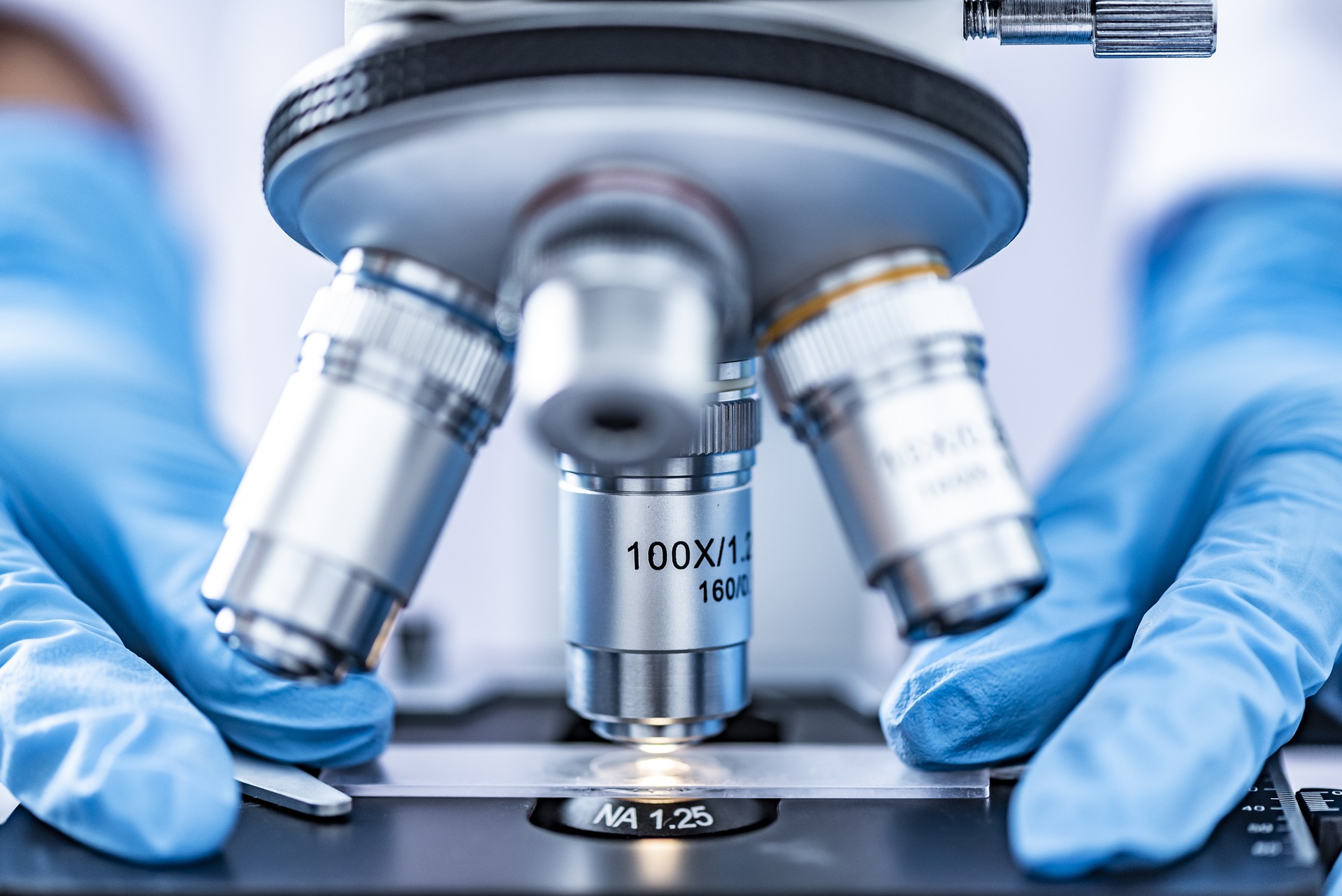Welcome to this exciting blog post, where we take a closer look at the incredible role played by Rosalind Franklin in unlocking the secrets of DNA. You may have heard about Francis Crick and James Watson receiving the Nobel Prize for discovering DNA’s structure, but did you know that another brilliant mind was instrumental in making their discovery possible? Yes, Rosalind Franklin’s contributions were critical to unraveling one of life’s greatest mysteries – DNA. So let us delve into her fascinating story and explore how she helped shape modern genetics as we know it today!
The Discovery of DNA
The discovery of DNA is one of the most significant scientific breakthroughs in history. For centuries, scientists had speculated about the existence and nature of genetic material, but it wasn’t until 1869 that Friedrich Miescher discovered a substance he called “nuclein.” However, it was only after James Watson and Francis Crick’s famous discovery in 1953 that we began to truly understand DNA’s structure.
Their research built upon X-ray crystallography images by Rosalind Franklin, who captured an image labeled Photo 51 showing the double helix structure of DNA. This revelation revolutionized genetics research as we know it. The discovery paved the way for advancements in fields such as gene therapy and personalized medicine.
Today, scientists continue to push boundaries when it comes to understanding DNA. With this knowledge comes great power – from identifying our predisposition to various diseases like cancer or diabetes to unlocking new methods of treating them more effectively than ever before!
Rosalind Franklin’s Contributions to the Discovery of DNA
Rosalind Franklin played a significant role in the discovery of DNA. Her work on X-ray crystallography was instrumental in revealing the structure of DNA, which led to its understanding and importance as the genetic material.
Franklin’s research involved using X-rays to study fibers of purified DNA, allowing her to make images that revealed key details about its structure. She also developed techniques for producing high-quality images under extreme conditions, such as with very small crystals or unusual diffraction patterns.
One of her most famous contributions was Photo 51, an image she produced in 1952 that provided critical evidence for the double helix structure of DNA. This image allowed James Watson and Francis Crick to build their model of DNA, which revolutionized our understanding of genetics and biology.
Despite her important contributions to this field, Franklin never received full recognition during her lifetime due to gender discrimination and other factors. However, today she is rightfully recognized as one of the pioneers who unlocked the secrets behind life itself through her groundbreaking work on X-ray crystallography.
The Controversy Surrounding Franklin’s Contributions
Rosalind Franklin played a critical role in the discovery of DNA, but her contributions were shrouded in controversy. One of the biggest controversies was how she was treated by some members of her team.
Franklin’s work on X-ray crystallography helped reveal the structure of DNA, but it was used without her consent or knowledge by James Watson and Francis Crick who published their findings before hers. This led to accusations that they had stolen her research.
Furthermore, Watson’s book “The Double Helix” portrayed Franklin as difficult to work with and described Franklin’s scientific approach as unproductive compared to his own. This portrayal has since been criticized for being sexist and unfair towards Franklin.
Despite these setbacks, Rosalind Franklin’s contribution remained an essential foundation for modern genetics study and still inspires many women scientists today.
The Accomplishments of DNA Research Since Franklin’s Death
Rosalind Franklin’s contribution to the discovery of DNA cannot be overstated. Her groundbreaking work paved the way for a greater understanding of genetics and opened up new avenues for scientific exploration.
Since Franklin’s death, scientists have continued to build on her research and unlock even more secrets of DNA. Today, we have a much deeper understanding of how our genetic code works and its impact on health, disease, and other aspects of our lives.
Thanks in no small part to Rosalind Franklin’s role in unlocking the secrets of DNA, researchers are continuing to make incredible strides in this field. From gene therapy to personalized medicine, the possibilities are truly endless.
As we look back on her life and career, it is clear that Rosalind Franklin played an instrumental role in advancing human knowledge about one of the most fundamental elements of our existence. We can only imagine what she might have gone on to achieve had she lived longer – but thanks to her legacy, future generations will continue exploring the mysteries hidden within our genes.




